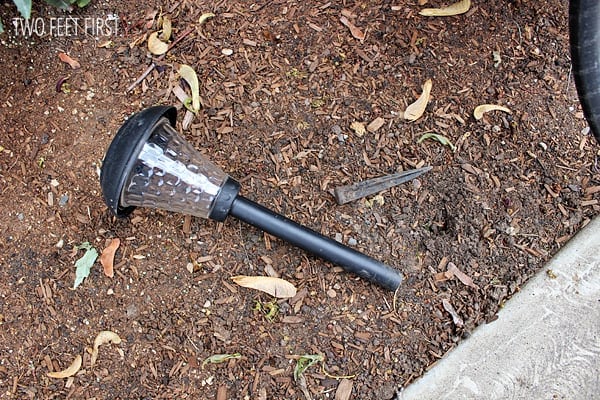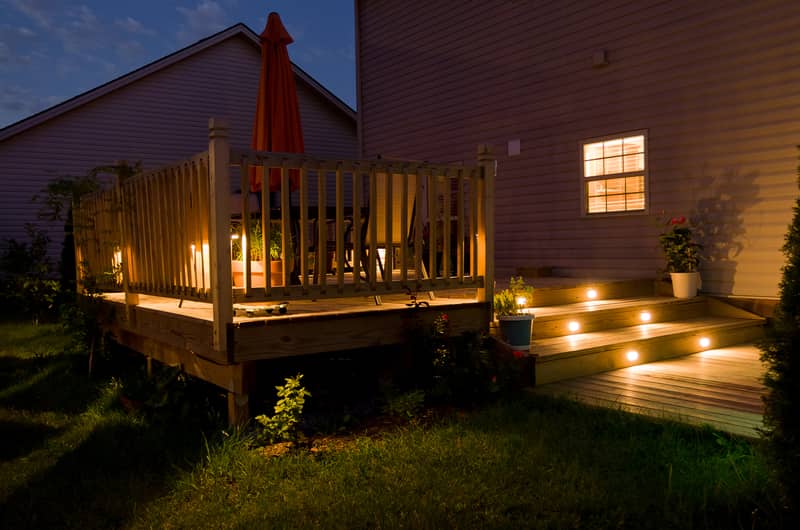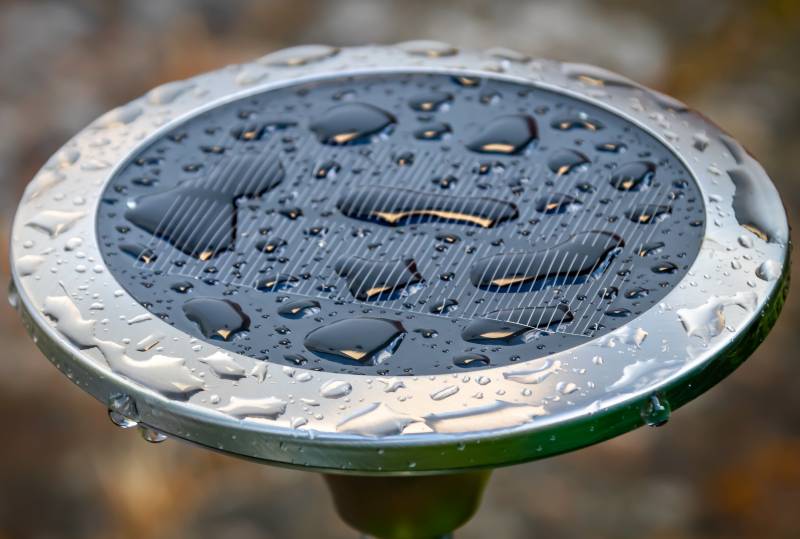As household budgets tighten and energy prices soar, solar lights offer an attractive way to slash monthly bills.
But to fully harness their potential, it’s important to understand their sunlight requirements.
While solar lights do not need direct sunlight to operate—they can charge with indirect light—their efficiency is highest in direct sunlight.
In this article, I’ll walk you through how solar lights work, their optimal setup for maximum efficiency, and tips for making the most of them even in less sunny conditions.
Key Takeaways
- Solar lights do not need direct sunlight to function; they can still charge using the photovoltaic effect even in indirect light, though less efficiently.
- They require about 6 to 8 hours of sunlight to fully charge, but this depends on the efficiency of the solar panel, battery size, and LED power consumption.
- Charging efficiency decreases significantly in shaded areas due to reduced sunlight exposure, affecting battery life and overall light performance.
- You can enhance charging in shaded conditions by placing lights in sunny areas, using reflective materials, and selecting high-quality solar lights.
- Advantages of solar lights include being environmentally friendly, cost-effective, easy to install, requiring low maintenance, and providing reliable off-grid lighting.
How Do Solar Lights Work?
Solar lights work by capturing sunlight through solar panels, which are their main components.
These panels are made up of lots of tiny cells, usually crafted from silicon, that can turn sunlight into electricity—this is known as the photovoltaic effect.
It’s a neat process where sunlight hitting the cells generates a flow of electrons, creating electrical energy.
This energy isn’t used right away.
Instead, it’s sent to a battery—usually a lithium-ion one—where it’s stored until needed.
This setup is key because it means the solar lights can keep shining at night or during cloudy days when there’s no direct sunlight.
Attached to this battery is the LED light, which is what gives off the light you see.
LEDs are used because they are efficient; they don’t use much power and they last a long time.
Finally, there’s a controller involved in this setup, too.
It’s responsible for making sure everything runs smoothly.
It manages how much electricity flows from the solar panel to the battery and then from the battery to the LED light.
This helps prevent the battery from charging too much or draining too quickly, ensuring that the lights only come on when they’re supposed to.
How Much Sun Do Solar Lights Need?
Solar lights need about 6 to 8 hours of sunlight each day to fully charge their batteries.
But how much sun they need can vary.
Things like how efficient their solar panel is, the type and size of the battery, and how much power the LED uses all play a part.
So, think about it like this: if your solar light has a good solar panel that’s super efficient, it might fill up its battery in less than the typical 6 to 8 hours if it’s a sunny day.
But, if the panel isn’t that efficient or if the battery is really big, it might need more sun time to get all juiced up.
Plus, if your LED is a bit of a power hog, it’s going to drain the battery quicker.
So, choosing an LED that’s bright enough without being overkill can make a difference in how well your solar light works.
Where you place your solar panel also matters a lot.
If you can set it up so it faces the sun during the middle of the day when the sun is brightest, it’ll grab more energy even on shorter days.
Can Solar Lights Charge in the Shade?
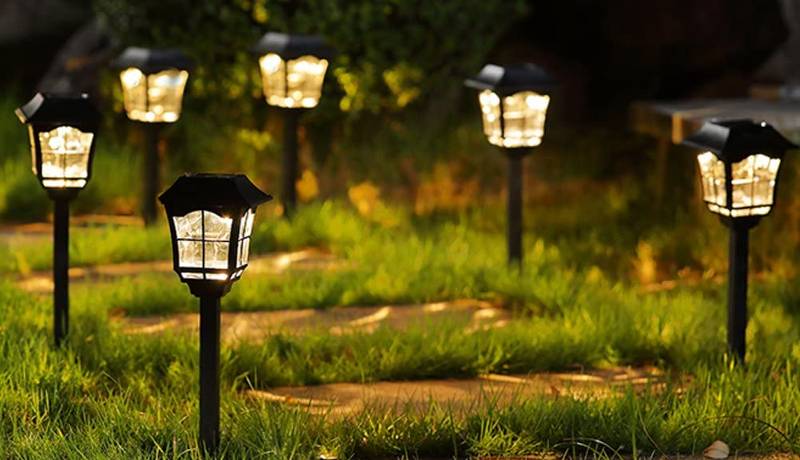
Solar lights can still charge in the shade, but they won’t be as effective as they would be in the full sun.
Here’s why: solar lights rely on photovoltaic cells to turn sunlight into electricity that charges up their batteries.
When these panels don’t get enough direct sunlight—like when they’re in the shade—the amount of electricity they can generate goes down.
This means the battery doesn’t get charged as much, which can lead to your lights running out of juice sooner than you’d expect.
Shade can be caused by all sorts of things, like trees, buildings, and even stuff like awnings or overhangs.
Other obstacles like tall poles or nearby objects casting shadows can also block the sun.
Even cloudy weather or placing the lights indoors can make it tough for your solar panels to catch enough rays.
In these cases, I prefer to use solar lights with more high-efficiency panels that can make the most out of whatever light they get, even in less-than-ideal conditions.
How to Charge Solar Lights Under Shade?
To charge solar lights in shaded areas, you can use a few smart strategies, including:
- Optimize Placement: Even in shaded regions, there are usually times of the day when parts of the area receive more light. Observe where and when these spots get sunlight and place your solar lights there.
- Use Reflective Surfaces: Reflective materials like mirrors or aluminum foil around your solar lights can help increase the amount of sunlight they receive. They can bounce additional light onto the solar panels, enhancing their ability to charge.
- Trim Overhead Obstructions: If possible, trim branches or cut back any foliage that casts shadows on your solar panels.
- Choose High-Quality Solar Lights: Invest in solar lights that are designed to perform well in low-light conditions. These usually feature higher-quality photovoltaic cells and more efficient batteries that can store more energy even with limited sunlight.
- Regular Maintenance: Keep the solar panels clean as dirt and debris can block sunlight. A clean panel will absorb light more efficiently, which is particularly crucial in shaded areas.
- Artificial Lighting: As a last resort, you can use artificial light to charge your solar lights. This isn’t the most energy-efficient method, but if you have no other options, placing your solar lights near a strong artificial light source can help charge them.
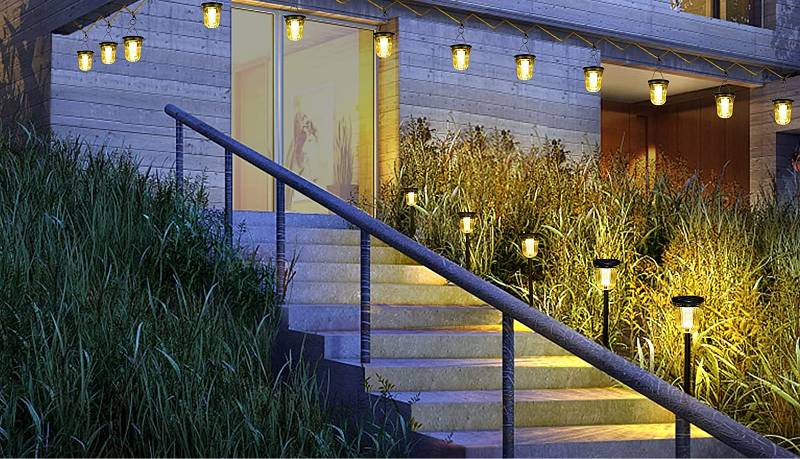
What Are the Advantages of Solar Lights?
Solar lights offer several compelling advantages that make them a popular choice for both residential and commercial applications.
Here’s a breakdown of their key benefits:
- They’re Super Green: Solar lights get their power from the sun, which means they don’t produce any pollution. This is a big win for the environment because it helps cut down on harmful greenhouse gases.
- They Save You Money: Once you buy solar lights, the cost to keep them running is pretty much zero since they use sunlight, which is free. Also, they’re independent from the power grid, so you can say goodbye to high electric bills.
- Installation is a Breeze: You don’t need to mess with any complicated wiring when you install solar lights. Just stick them in the ground or mount them where they’ll get some sun, and you’re all set.
- Low Upkeep: Solar lights are pretty low-maintenance. Just keep the solar panels clean so they can soak up the sun, and check the batteries now and then. That’s about it!
- Style for Days: There are so many styles and types of solar lights available, that you can get creative with how you light up your space.
- They Keep Shining: Since solar lights work independently of the electrical grid, they keep on shining even if there’s a power outage.
- Safety First: With no wires to trip over and no risk of electrical issues, solar lights are safer than traditional lights. This is especially great for outdoor areas where you might worry about safety hazards with conventional lighting.
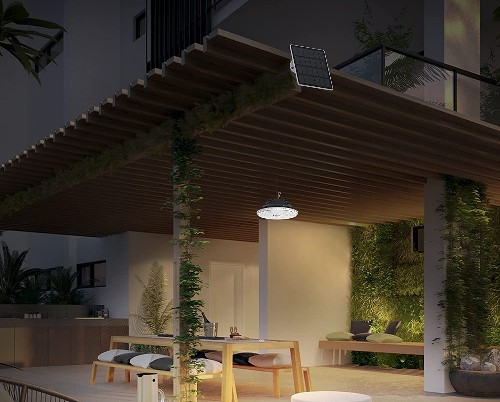
FAQs
Will Solar Lights Work in the Shade?
Solar lights will work in the shade but their efficiency will be reduced, as they rely on sunlight to charge their batteries effectively.
Do Solar Lights Need Direct Sunlight or Just Light?
Solar lights do not require direct sunlight and can still charge under indirect light, though direct sunlight increases their efficiency.
Can You Power Solar Lights Without Sun?
You can power solar lights without direct sunlight by using strong artificial light sources, although this method is generally less efficient than sunlight.
Does It Have to Be Sunny for Solar Lights to Charge?
It doesn’t have to be sunny for solar lights as they can still gather energy from diffuse or indirect sunlight on cloudy days.
Conclusion
As promised, we’ve covered the essentials of solar light technology, including how they function and their sunlight requirements.
We’ve learned that while solar lights are optimized for direct sunlight, they are capable of charging with indirect light, making them a flexible solution.
And here’s a pro tip: Maximize your solar lights’ efficiency in less sunny areas by pairing them with motion sensors.
This setup ensures they only activate when necessary, conserving energy and extending battery life—smart, simple, and sustainable.

